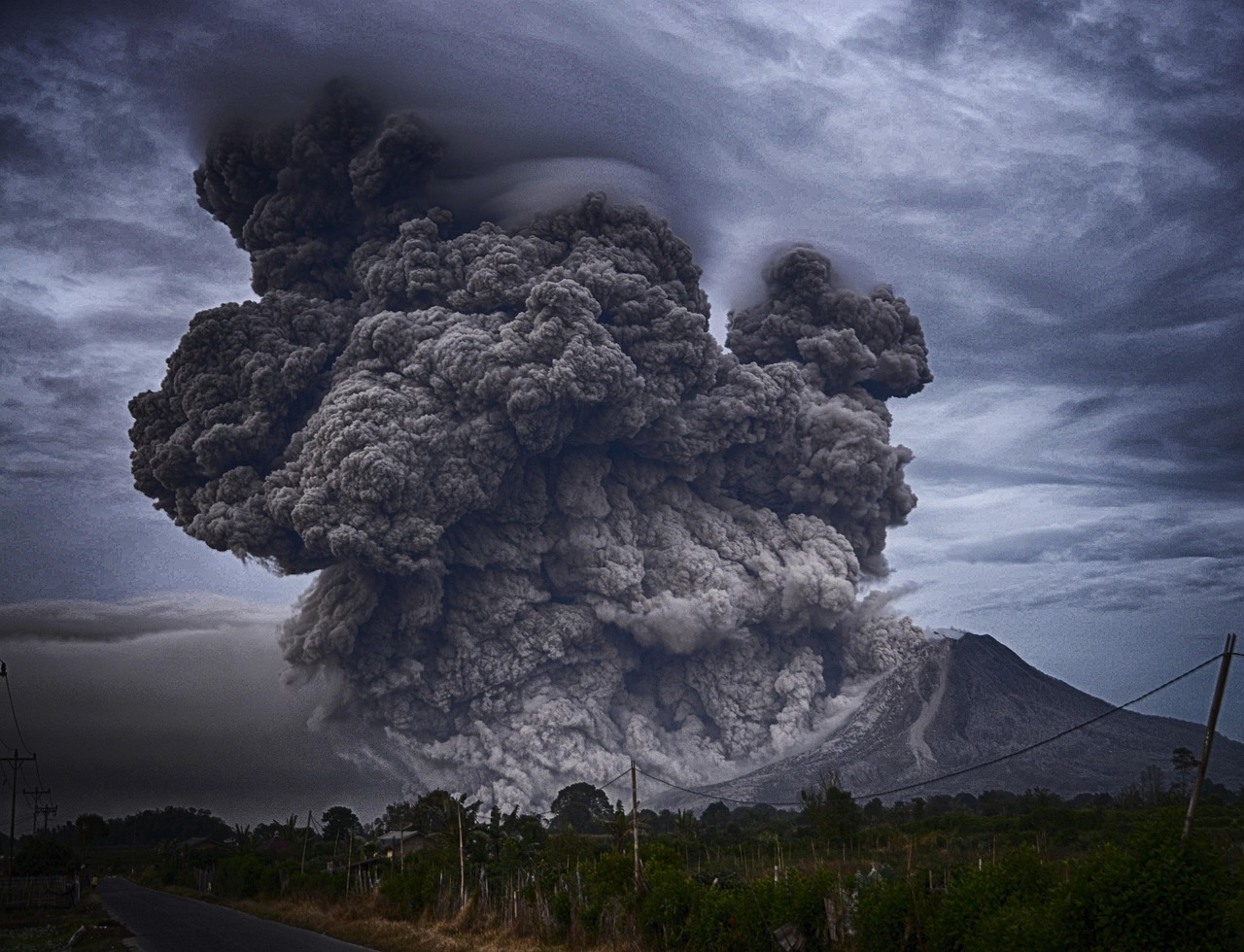What if the ground beneath your feet was only pretending to be still? Volcanic eruptions can turn a peaceful mountain into a roaring monster in a matter of hours. The terrifying truth: entire communities, forests, and even global weather patterns can be changed in a single explosive event. But what if scientists could “hear” a volcano’s secret signals before it blows? These early warnings are not just technical details—they are the difference between catastrophe and survival.
Ground Deformation Hints at Hidden Pressure
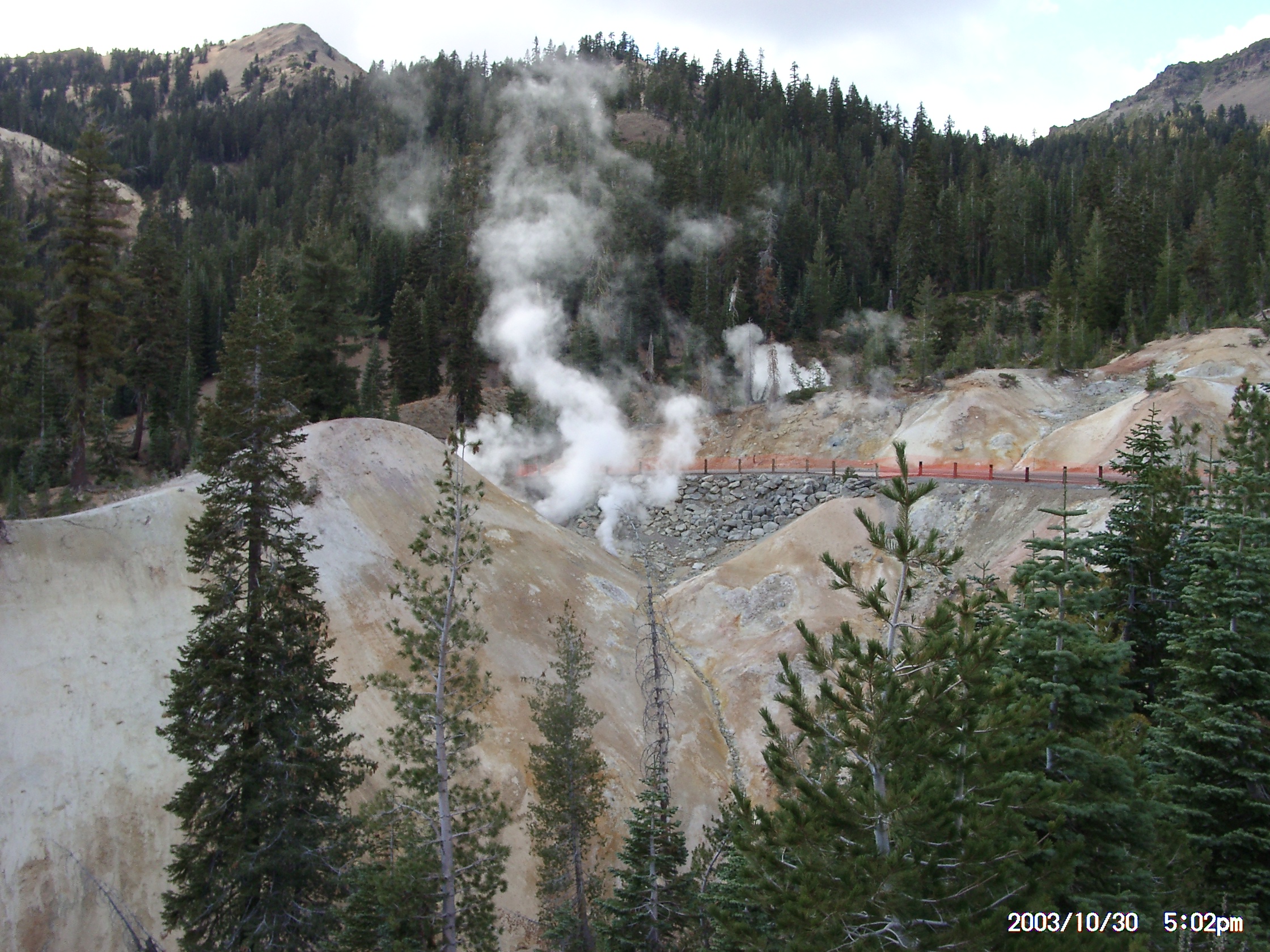
Imagine the earth slowly puffing up like a balloon about to burst. That’s what happens as magma rises and pushes the ground outward. Scientists use GPS, satellite lasers, and tiltmeters to spot even tiny bulges or dips. Sometimes, the land swells by just a few centimeters, but that’s enough to send alarm bells ringing. Before Iceland’s Eyjafjallajökull eruption in 2010, satellites caught the mountain’s surface slowly rising—nature’s own warning flare. These subtle changes, invisible to the naked eye, might look harmless but can mean immense underground tension is building. If you lived nearby, would you notice a field rising by a thumb’s width? Probably not—but the instruments never miss it. Swelling ground is one of the most reliable signs something big is brewing below.
Swarming Earthquakes Beneath the Volcano
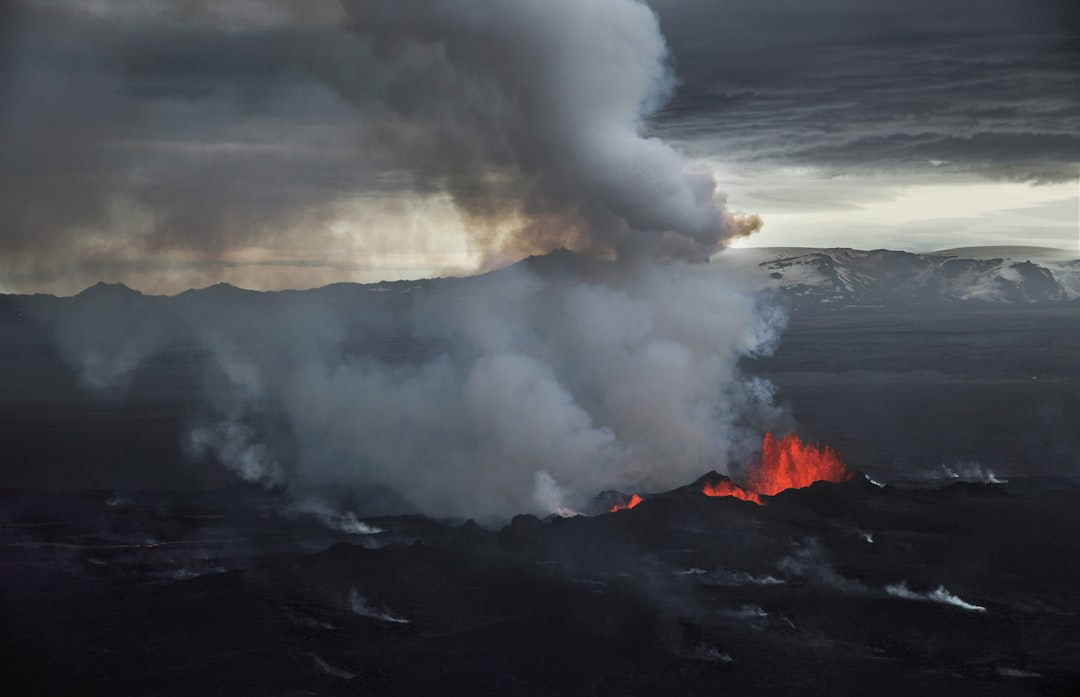
What if you could feel a volcano’s heartbeat? When magma forces its way upward, it cracks rocks and rattles the earth, causing swarms of tiny earthquakes. These aren’t the massive quakes that topple buildings, but rather a steady drumbeat of tremors—sometimes dozens or hundreds in a single day. Before Mount St. Helens erupted in 1980, a flurry of earthquakes shook the region day after day. Seismographs keep a constant “ear” on these vibrations, mapping every shudder and shake. The more frequent and shallow the quakes, the closer the magma is to the surface. Think of it as the volcano shifting in its sleep—if the shaking grows restless, it’s time to pay attention.
Volcanic Gas Surges Signal Magma Movement
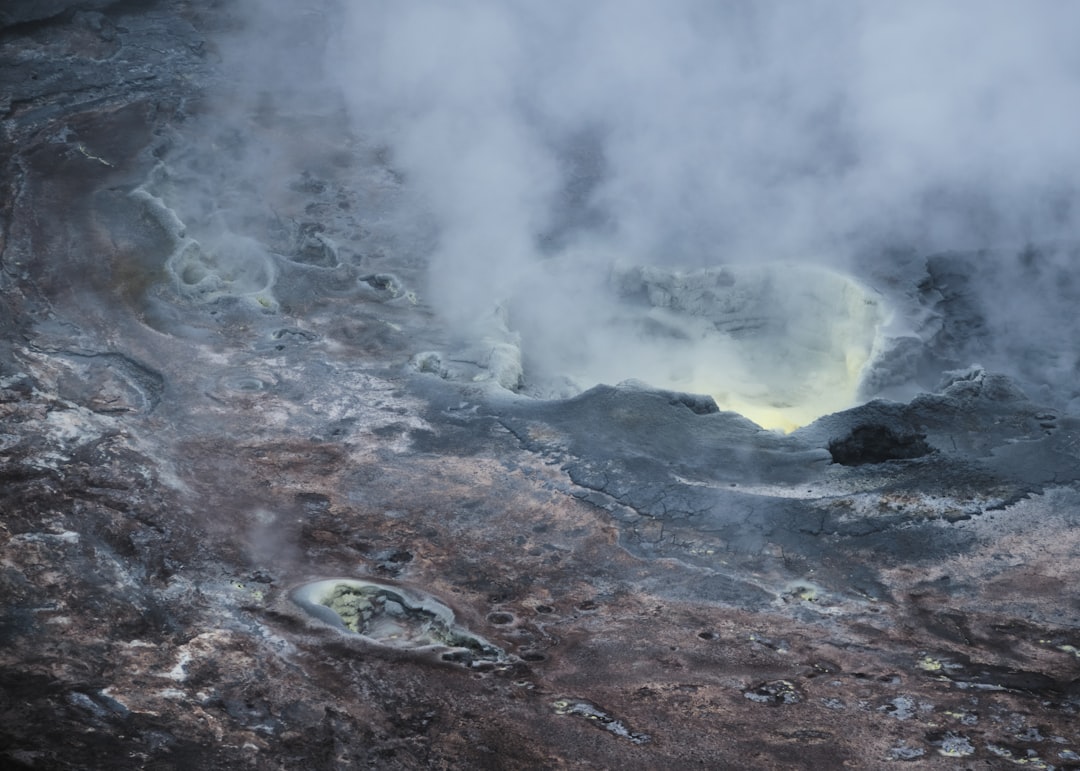
Every volcano is a leaky cauldron, releasing gases even when it’s quiet. But when magma rises, it pushes out more sulfur dioxide (SO2), carbon dioxide (CO2), and water vapor. Scientists use sensors and drones to sniff out these invisible plumes. A sudden spike in sulfur dioxide, for example, often means fresh magma is on the move. Just before Mount Etna’s 2002 eruption, SO2 emissions soared, tipping off experts that something was about to give. It’s a bit like smelling smoke before seeing flames—if the gases suddenly multiply, an eruption may not be far behind.
Heat Spikes and Thermal Anomalies
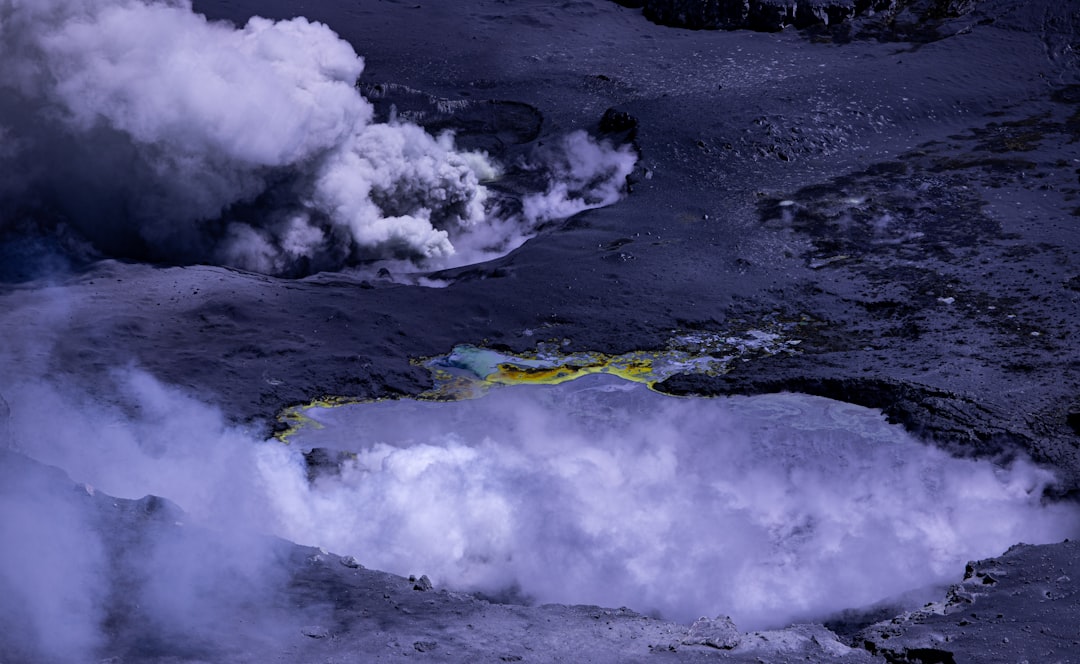
A sleeping volcano is cold, but when it wakes up, things start to heat up—literally. As magma rises, it warms the rocks and ground above. Satellites and thermal cameras scan volcanoes for unusual hot spots, even through thick clouds or darkness. When Kilauea in Hawaii prepared to erupt in 2018, its surface temperatures rose sharply. These “thermal anomalies” can be tiny at first, but they’re a red flag. Imagine a patch of snow suddenly melting on an icy volcano—that’s often the first visible sign of trouble. If the heat keeps rising, so does the risk.
Water Chemistry Changes Warning of Trouble
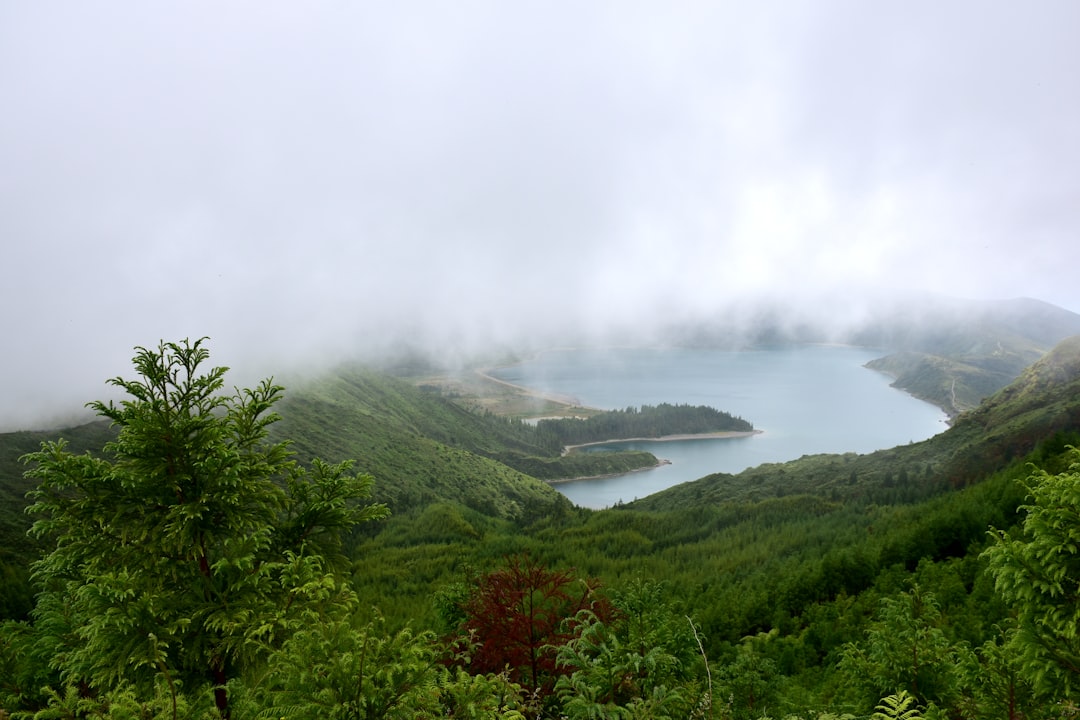
Volcanoes don’t just heat up rocks—they can poison or warm nearby water, too. As magma creeps upward, it releases chemicals that seep into lakes, rivers, or hot springs nearby. Scientists check water for shifts in temperature, pH, and dissolved minerals. Before Mount Pinatubo’s massive 1991 blast, the nearby lake turned more acidic and warmer. These changes can be subtle—maybe the water tastes odd, or fish start dying. For those living nearby, a simple test of the water could hold life-saving clues.
Strange Sounds and Volcanic Tremors
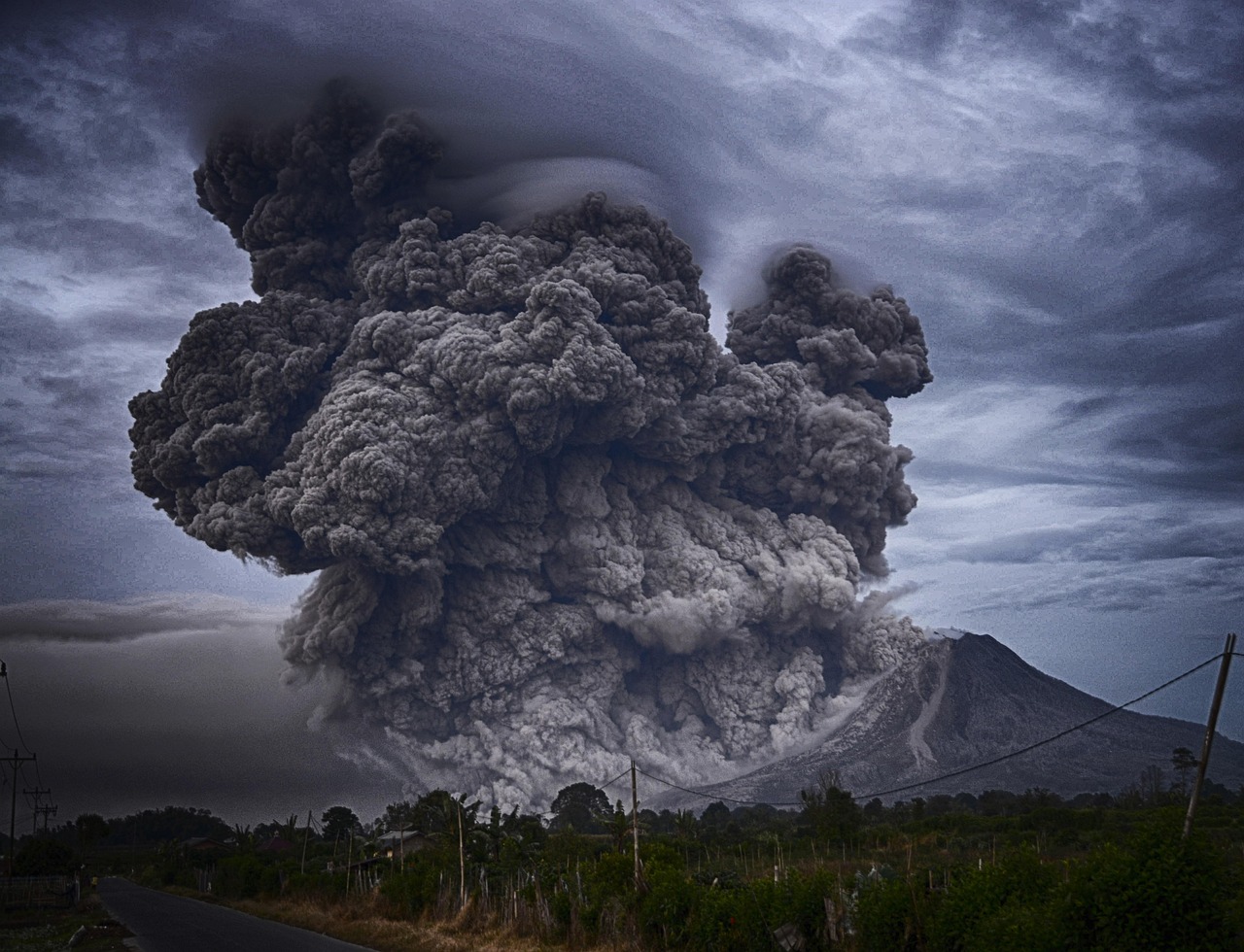
Volcanoes can “sing” before they blow, emitting low rumbles or even a kind of constant humming called volcanic tremor. This isn’t the sharp shaking of an earthquake, but a steady vibration as magma and gas struggle to escape. Sensitive microphones and seismometers pick up these eerie noises—sometimes days or weeks before an eruption. For example, before the 2014 eruption of Bardarbunga in Iceland, a persistent low-frequency tremor was detected. If a volcano’s usual silence is suddenly replaced by a deep, relentless rumble, it’s often time to act.
Cracks and Fractures Forming on the Surface

The ground around a restless volcano can split open as magma pushes upward. New cracks or widening fractures in roads, fields, or forests are a clear signal that the earth is under stress. In some cases, steam or hot gas may even vent from these openings. Before Hawaii’s 2018 Kilauea eruption, residents watched as fissures split open lawns and roads, sometimes right beneath their feet. If you spot a new crack stretching across your backyard, it could be the volcano’s way of warning you.
Unusual Rockfalls and Landslides
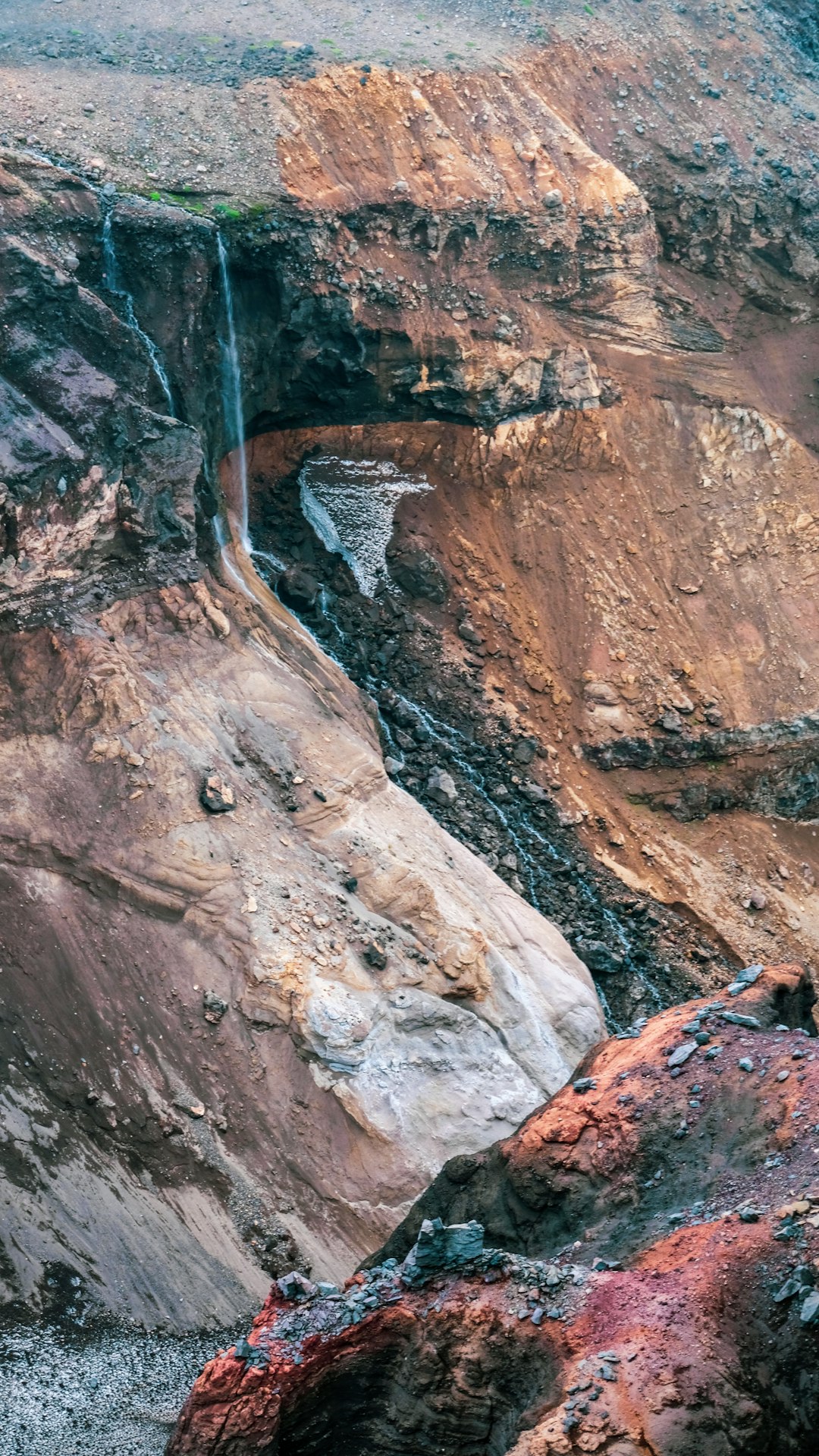
Sometimes, a volcano sends out a warning through crumbling cliffs or unexpected landslides. As magma shakes and heats the mountain, old rocks loosen and tumble down. Before Indonesia’s Sinabung volcano erupted in 2014, a series of rockfalls signaled that the earth was becoming dangerously unstable. These events can seem random, but when they cluster near a volcano, they often mean the ground is being nudged from below. Even small landslides can be nature’s alarm bells.
Historical Patterns and Past Eruption Clues
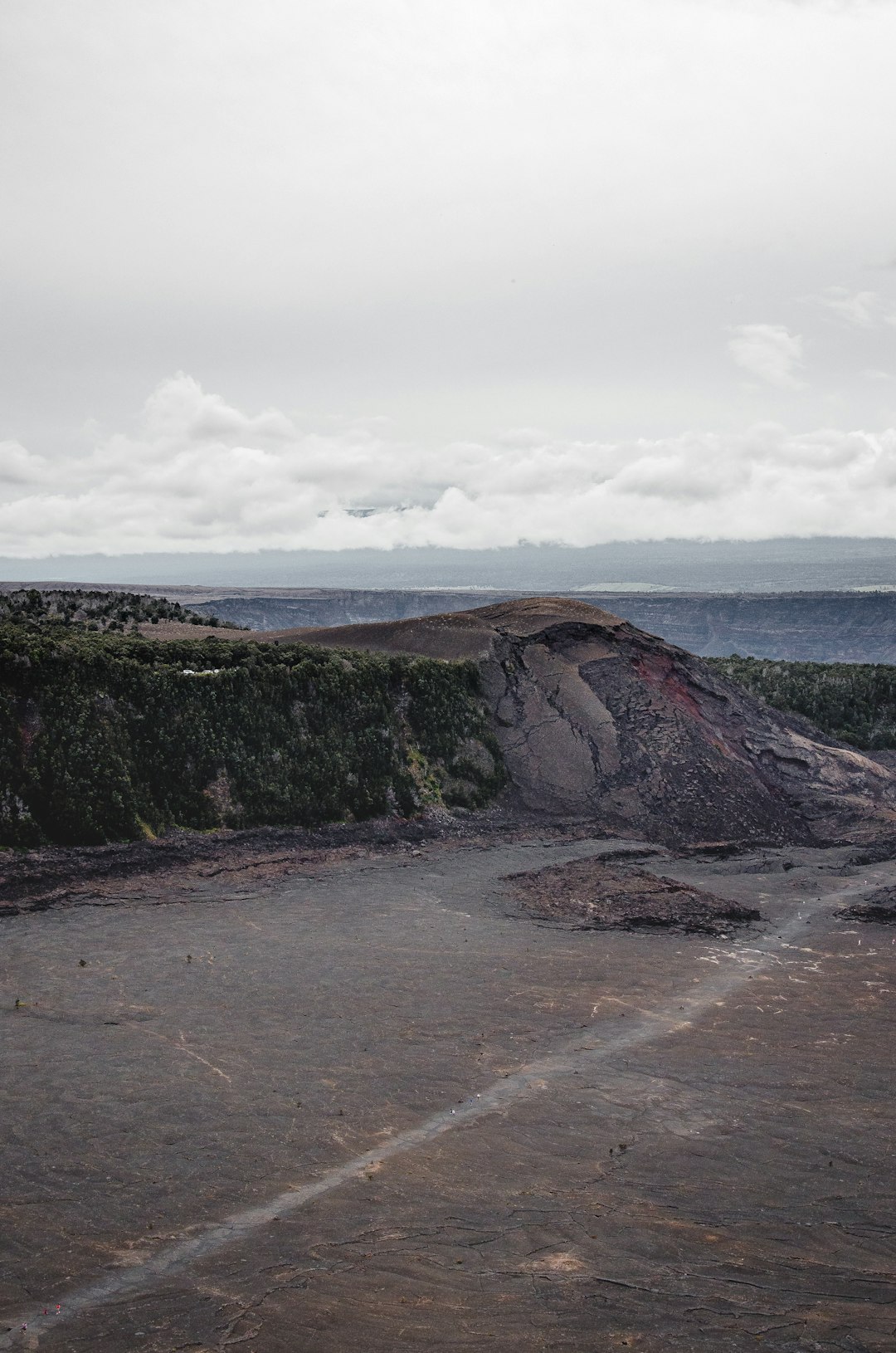
Volcanoes, like people, tend to repeat themselves. Scientists study the history of each volcano—how often it erupts, what signs came before, and what triggers set it off. By piecing together past patterns, they can spot cycles or rhythms in volcanic behavior. For example, some volcanoes erupt every few decades; others have centuries-long gaps. A detailed eruption history can help scientists estimate when the next big event might come. The past is never far away when it comes to volcanoes.
Changes in Animal Behavior Around Volcanoes

Animals often sense trouble before humans do. In volcanic regions, there are countless stories of birds fleeing, dogs barking wildly, or livestock refusing to graze before an eruption. While not a scientific method on its own, scientists sometimes take notice when wildlife acts strangely—especially if it happens alongside other warning signs. Could animals be picking up vibrations, gas, or subtle changes we miss? Their instincts might provide another piece of the puzzle.
Human Reports and Community Observations
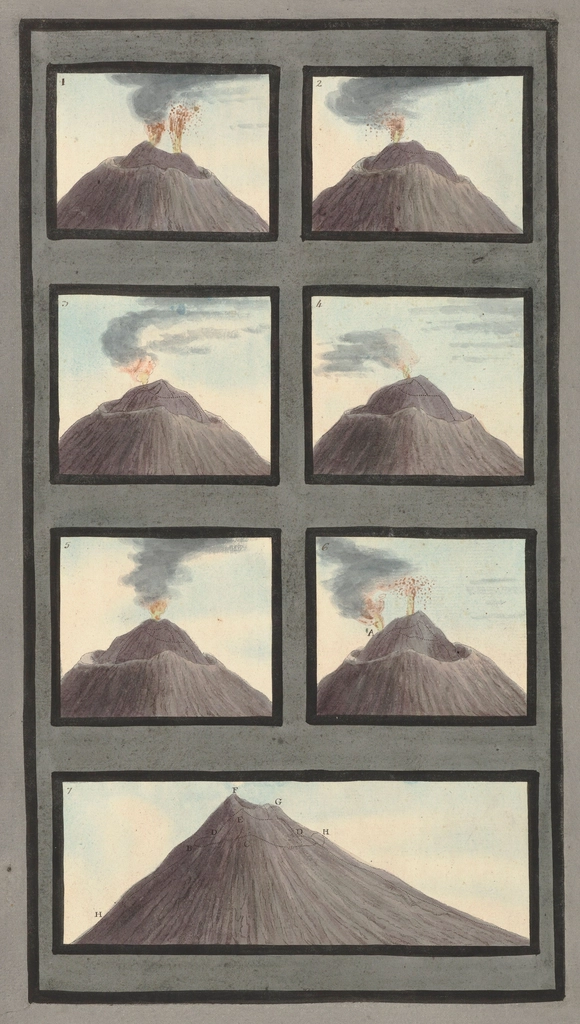
Sometimes, the best alarms come from people living near the volcano. Local residents notice when steam pours from new vents, when the air smells sour, or when tremors wake them at night. These firsthand reports are shared with scientists, who use them to check and verify their own data. Community observations can speed up warnings and help save lives. In areas like Vesuvius, regular education and communication between locals and experts are a core part of volcano monitoring.
Technology Advances Pushing Boundaries
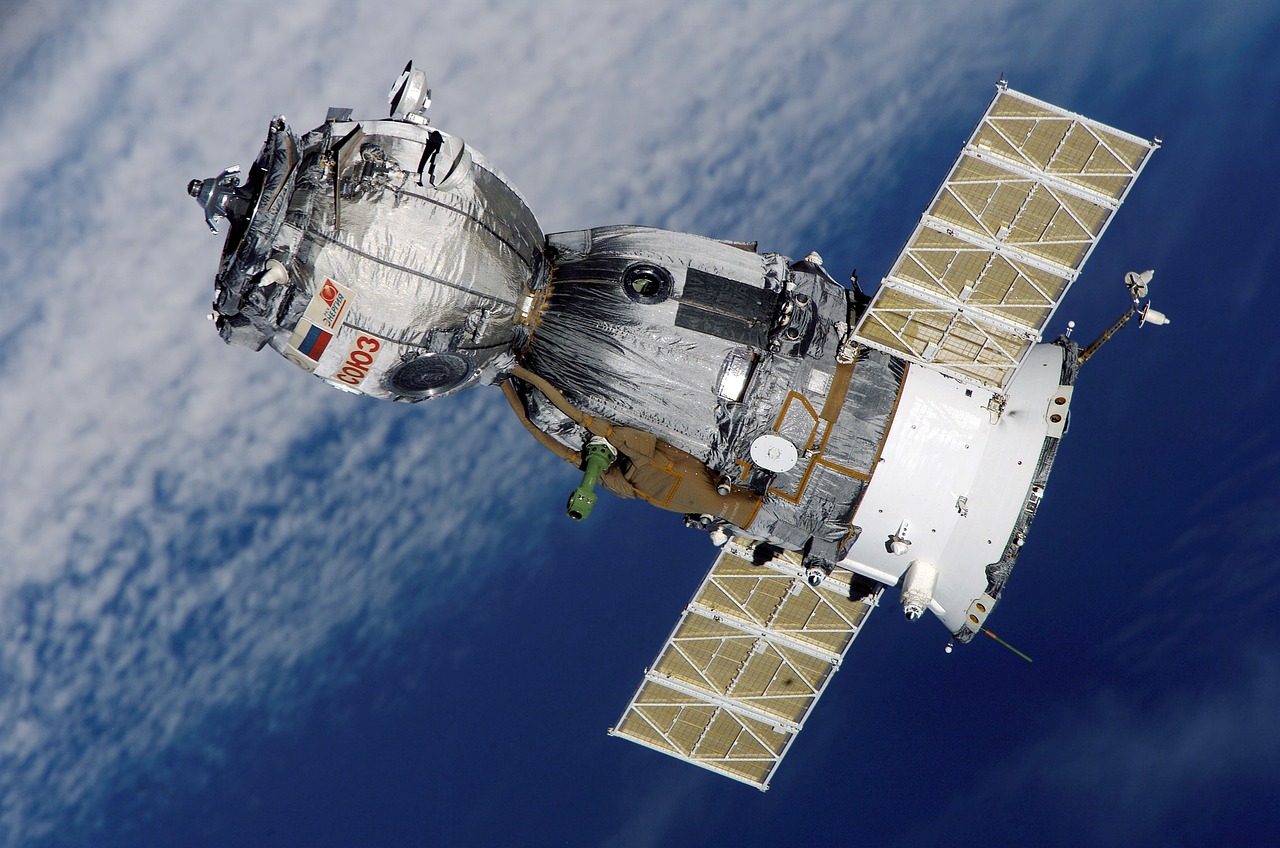
Every year, new tools make it easier to catch a volcano’s warning signs. Drones fly over craters, satellites scan heat from space, and artificial intelligence sifts through mountains of data. Today’s scientists can spot changes in real time and send alerts faster than ever before. After the 2021 eruption of La Palma, drones mapped lava flows and helped guide evacuations. Technology doesn’t replace human judgment, but it multiplies our power to see—and respond—before disaster strikes.
- How Meteorologists Predict Storms Using Satellite Data - October 3, 2025
- What Causes Rainbows And Why They’re Always Curved - October 1, 2025
- 3 Industries Face Crushing New Tariffs as Trade War Escalates - September 28, 2025

